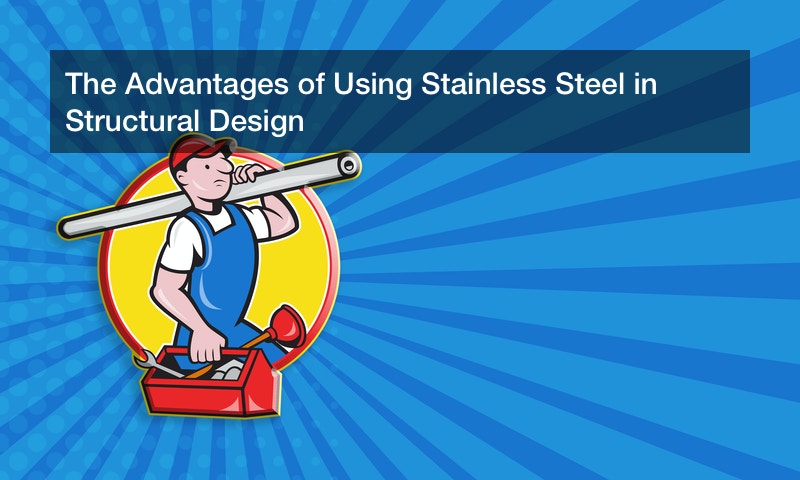

Stainless steel is one of the most widely used and durable materials for structural design, for a number of reasons. Engineers, architects, and manufacturing plant manufacturers choose stainless steel because of its life cycle cost advantages as well as its structural strength. It is also more resistant to corrosion, and is available in different forms including thin sheet metal, thin metal strips, and other standard shapes and sizes.
A highly versatile metal
Steel is a highly versatile metal that is the basis for construction and manufacturing in many different industries. It contributes to the continued growth of the sheet metal fabrication industry in the U.S., which is projected to grow by 9% between 2016 and 2026, according to the U.S. Bureau of Labor Statistics. The industry is also projected to add 12,000 jobs in the same decade.
Advantages of stainless steel
The two major types of steel used are stainless steel and carbon steel. Stainless steel has many advantages over carbon steel. These include:
-
Better life cycle cost
Life cycle cost refers to all costs incurred over the life cycle, including maintenance and repair. Stainless steel is highly resistant to corrosion and does not need coatings which can add to costs and which may give off toxic fumes. It also needs less maintenance, making it a more cost effective choice in the long run. -
Strength advantages
All kinds of stainless steel, including 302 stainless and 304 stainless, have excellent ductility and strain hardening. This lets them absorb impacts without fracturing. -
Fully recyclable
Stainless steel can be fully recycled. It has a high value even as scrap metal. Recycled steel can be formed into standard shapes and sizes like thin metal strips, sheets, plates, rods and bars without any loss of quality. -
Standard shapes and sizes
Stainless steel is widely available in standard shapes and sizes like thin sheet metal, thin metal strips, rolls, plates, rods and bars.
Stainless steel is a highly versatile metal with many advances over carbon steel. It is cost effective and corrosion resistant, as well as having strength advantages. It is also resistant to high temperatures. Stainless steel can be fully recycled, and has value even as scrap metal. This makes it a useful and cost-effective material for construction and manufacturing purposes.


